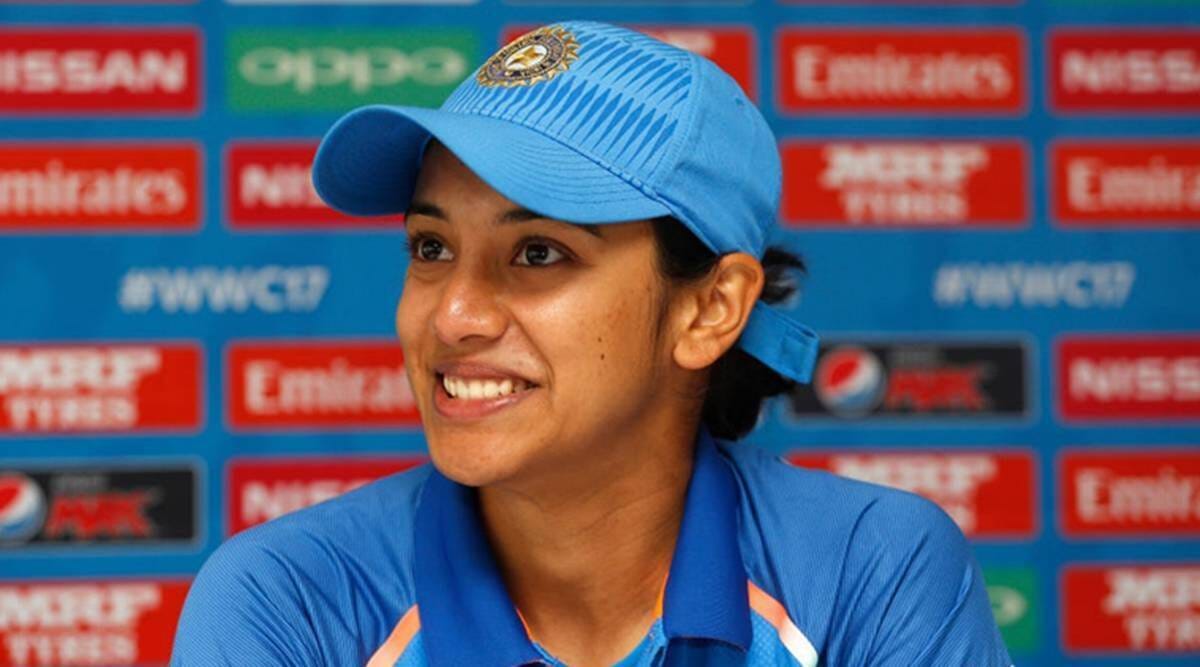The game within an ad. Or how much football is really in a game of football.
Sports technology industry insights, news, and analysis. Brought to you by STWS.
Welcome back to Sports Tech Feed! Off the back of a record-setting Super Bowl LVII, we revisited our discussion with data-driven sports strategist Katherine Rowe on how much live game time is actually in sports broadcasts, and more broadly the role of analytics in extracting value from sports, on and off the field. We also look at how cricket is making waves in women’s sports.
Watching some ads when a football game breaks out.
$7 Million. That’s the price tag for 30 seconds of an ad spot during this year’s NFL Super Bowl. So why are advertisers willing to shell out that much? Put simply, the “Big Game” pulls viewers like nothing else. This year’s game ranks as the third most-watched US TV broadcast in history, with an estimated 113 million people tuning in to see the Kansas City Chiefs defeat the Philadelphia Eagles with a late-game field goal.
This in turn explains why the NFL's recent media-rights deals are valued at over $110 billion (yes billion with a “B”) for the next eleven years and generally live broadcast deals are the most significant revenue sources for major sporting leagues.
But if you tuned in Sunday, how much of the “game” are you actually watching? And how does this compare across other major sports leagues?
Research undertaken at the University of Texas by Professor Kirk Goldsberry (ESPN NBA analyst and noted leader in the world of sports analytics) and Katherine Rowe found an average NFL broadcast lasts three hours and 23 minutes, including 50 minutes of ad breaks. Yet delivers only 18 minutes of cumulative ball-in-play game action. (The SNL gag wasn’t far off).
Amongst major sporting leagues, the NFL is the worst (or best if you’re a broadcaster or advertiser) for game action relative to commercials/adverts:
But this begs the question: when we look at the next generation of sports fans, will they be willing to watch 50 minutes of ads for 22.5 minutes of action? To analogize this would be the same as trying to watch a 10-minute YouTube highlight clip but with 20 minutes of pop-up ads.
We cover this and more in the full conversation with Katherine which you can access via your podcast platform of choice by searching “Sports Tech Feed”.
What we’re reading: ‘Game changer’: why the Women’s Premier League is a revolution for players and fans
Moving our focus from the US to India, the Women's Premier League (WPL) is a new women's Twenty20 cricket franchise league, owned and operated by the Board of Control for Cricket in India (BCCI), the nation’s national cricket governing body.
Even before a ball has been bowled, the WPL has touched record numbers. Indian investors bid a combined US$572m for the five teams, exactly 15 years and a day after the BCCI fetched a total of about US$724m in bids for an eight-side men’s tournament that came to be the money-spinner that is the IPL.
The overall valuation of the WPL is $690 million, even without a title sponsor. By comparison, the 12-team Women’s National Basketball Association (WNBA) which has been operating since 1996, was valued at $1 billion in February 2022.
It’s not just the overall league value that’s setting records. Female cricketers are now some of the best-paid female athletes in the world.
Ahead of next month’s inaugural season, a player auction was held this week for franchises to secure their starting line-up. Each franchise had US$1.5 million to spend on between 15 and 18 players, out of a pool of 1,500 potential players.
The top three players in the auction by asking price are Smriti Mandhana (USD$415,000), Ash Gardner (USD$390,000), and Nat Sciver-Brunt (USD$390,000). By comparison, the WNBA’s maximum player salary is USD$215,000. Something to also note is the WPL salary is for a three-week tournament, as compared to a 36-game WNBA season.
Twenty20 Cricket is purpose-built for highlights (Wrapping up this week’s edition in a nice bow)
Twenty20 Cricket was purpose-built to combat exactly the issues outlined by the research discussed with Katherine Rowe: too many ads, too much downtime, and too little action. US leagues, especially the MLB, are looking at how they speed up their games and increase scoring (i.e. highlights). But as yet no serious discussion of structural change in the games has been discussed.
Could women’s sports, unencumbered by the weight of “we’ve always done it this way” be a proving ground for new formats and structures? We don’t have the answer to that question but for now, the WPL is another data point on the robust growth in women’s sports, the powerful aspirations of the World’s second-most populous country, and that innovative sports leagues can pay off.








